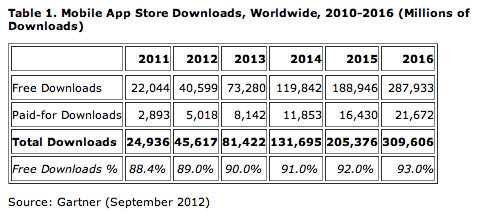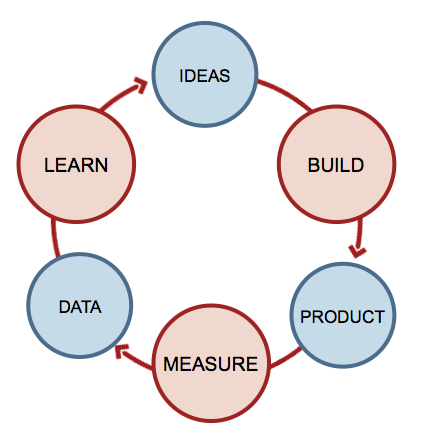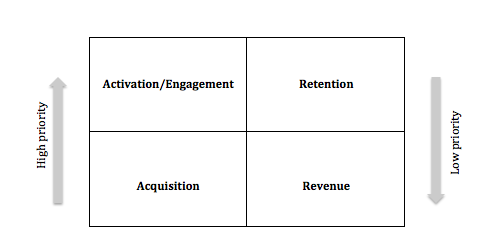When VCs from the US flooded into India about 5 to 10 years ago, they were expecting to invest and make happen, a number of Microsofts, Google and facebooks!
They ended up buying shares of existing public companies and became more of Private Equity investors rather than VCs who could put in a 1$ in 100 companies and have 5 block-busters like facebook or Google that returned $100 each! That’s the nature of Venture Capital – taking risks on 20 companies so that one becomes facebook or Google or Microsoft and makes up for all the losses in those 19 other companies.
This is as much an indictment of Indian start-ups not being bold enough as much as VCs turning into Private Equity investors. They did not find enough companies that were bold enough or thinking big enough!
First, some disclaimers! If you are building an Indian version of a successful US company or targeting a unique vertical in India with your SaaS or Cloud solution or trying different Consumer plays, all success to you! You can still be very successful and thrive!
This is not an indictment of the Software Services business! It helped enormous numbers of Indians stabilize and improve their lives and others that depend upon them, building a huge economy around them. But we need to move to the next stage. The thinking needs to be different this time. When the first services companies like Infosys, Tata Burroughs and Tata Consultancy Services started, you needed lots of money to buy mainframes and minicomputers. Today, it does not take the same amount of resources to get started in the software business. The only thing that will make a difference now are Innovative Ideas!
This article is for people who wonder what it takes to build a global blockbuster like facebook and Google!
That has to do with NOT THINKING BIG ENOUGH! It does not mean just doing products for the Global Market or going for a huge blockbuster IPOs! That may come later. It has everything to do with going after BIG problems. Big What-Ifs! Big Experiments, Big Thinking!
This has to do with our general instinct to jump too quickly into “how do I make money” and risk aversion and the inability to postpone these questions and address some fundamental problems and find innovative solutions for them, not thinking about immediate payoffs!
Opportunities are everywhere if ONLY we stop being followers and start being leaders! In Consumer oriented startup companies, everybody is still dealing with information – work and social in many different platforms – smart phones, laptops, desktops. They are trapped in multiple formats that are incompatible with each other and causing endless frustration. Documents, status updates, photographs, videos, spreadsheets, presentations, databases are all still in many repositories leading us to waste enormous amounts of time just shuffling all of this!
On the enterprise side, Cyber Security is still a large, large problem! Nuclear facilities, Utilities, Government systems of every kind are subject to Cyber Terrorism more than ever before!
Companies are moving rapidly to the cloud; cloud security is even more scary than internal systems that can be cutoff from external access if someone suspects break-ins. Credit card information and online banking have only led to even less secure places to handle money.
Two days ago Amazon Web Services in Virginia ground to a halt because a monitoring system developed a memory leak and brought many, many companies’ servers to a grinding halt for hours!
Backups and Disaster Recovery are still problems that many enterprises have not found good solutions for yet, globally! There are technologies like Cassandra databases that can have three or four copies of the database automatically synched and updated. No need for backups – they are already backed up in real-time in multiple locations. You can almost build indestructible computing if you wanted to, if you choose cloud resources in multiple geographic locations, even across continents. The video streaming service NetFlix already does this with databases synched up across the Atlantic between US and European Data centers of Amazon!
Companies are just getting into collecting lots of Big Data – social media mentions of their companies, products, detailed information about what every visitor to their websites and online presences did when they are there and wondering how to use all of this information with customer and order information they already have in traditional database systems.
All of these are BIG PROBLEMS begging for BIG THINKING!
When Thinking Big, pick any of these above or other problems, they could lead to the next Microsoft, Google and facebook! It requires an obsession with ONE of those problems and a relentless drive to solve that, first.
When you solve big problems, you don’t need to worry about sales, investors and global blockbuster status. They will come as surely as night after day and high tide after low tide.
We have a tendency to equate technical knowledge, prowess and hacking with success. In software services they are important. But not elsewhere in the software business!
They are important tools but not your mission when it comes to building fast growing, large companies. You need to address problems and create innovative solutions that have clearly identifiable benefits. The benefits are the only things users care about. They do not care about Java or Python or Oracle or MySQL. They have a problem; do you have a solution?
The thing that is holding us back is our own thinking! Getting out of that box is the first step towards THINKING BIG! Thinking big takes the same amount of effort as thinking small but the payoffs are disproportional.
Think little goals and expect little achievements. Think big goals and win big success – David Joseph Schwartz.









 For multi-product companies, it is best to display the most important products from the portfolio with a short description of them and link them to the respective product pages.
For multi-product companies, it is best to display the most important products from the portfolio with a short description of them and link them to the respective product pages.  Remember the homepage is not about throwing all the information you have in your visitor’s face, it is about sending them the right way in the right frame of mind.
Remember the homepage is not about throwing all the information you have in your visitor’s face, it is about sending them the right way in the right frame of mind.











